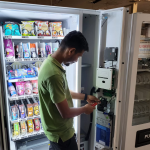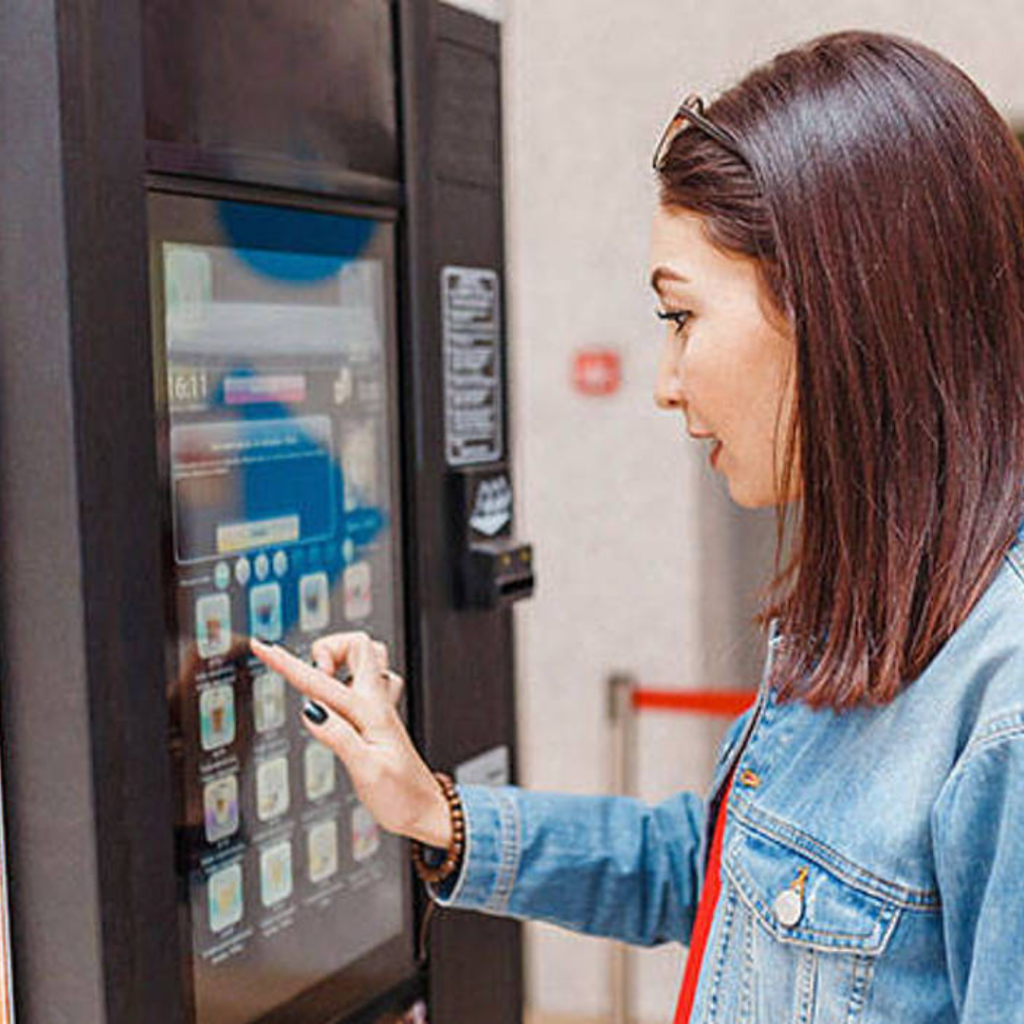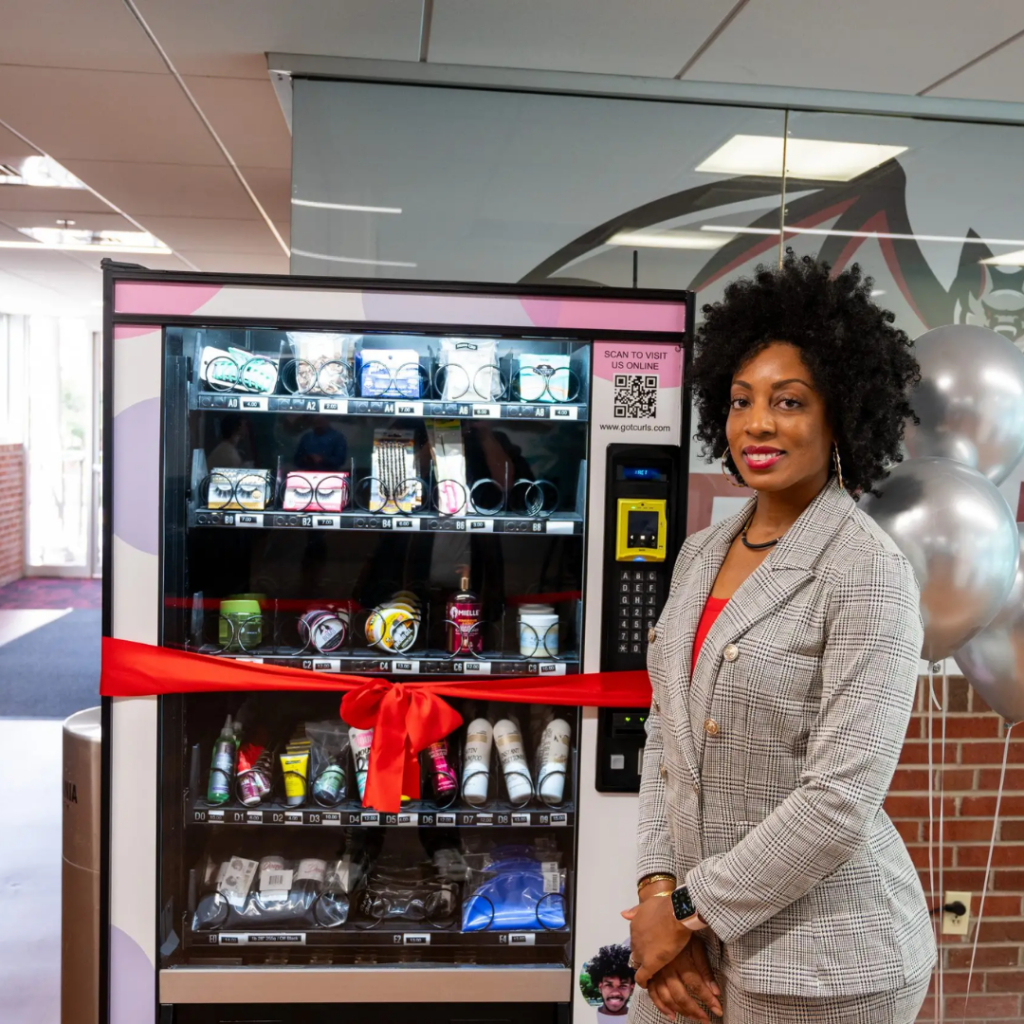Thinking Outside the Box: Innovative Vending Machine Business Models
In a world where convenience and innovation are king, inventive vending machine business models are revolutionizing the way consumers interact with automated retail. “Thinking Outside the Box: Innovative Vending Machine Business Models” explores the burgeoning success stories of these machines, from subscription-based services to micro-investing platforms, reflecting a future where vending machines are more than just a quick snack stop.
Subscription-Based Vending Machine Business Models
Subscription services through vending machines offer an unparalleled level of convenience. Users can opt-in for periodic replenishment of their preferred products, ensuring they always have access to what they need. For vending operators, selecting the right mix of offerings is crucial to capture a loyal subscriber base.
Implementing subscription services requires a user-friendly approach. Customers should find it easy to manage their subscriptions through an intuitive interface, enhancing the appeal of this automated service. Moreover, a robust backend system is necessary to ensure smooth delivery and inventory management.
Retaining subscribers is just as crucial as acquiring them. Regular updates, personalized deals, and responsive customer support can keep customers satisfied and subscribed. Operators must listen to feedback and adapt offerings to suit changing consumer trends and preferences.
Micro-Investment Vending: Small Change, Big Impact
Micro-investing through vending machines offers consumers a tangible way to save while they spend. Each purchase rounds up to the nearest dollar, with the difference funneling into an investment account. This seamless blend of routine spending and investing could revolutionize consumer habits.
To actualize this model, secure and transparent partnerships with investment firms are a necessity. The process must be straightforward, with a clear explanation provided at the point of sale to ensure customer buy-in. Moreover, the actual investment process should be completely automated and integrated within the vending transaction.
The allure of watching one’s investments grow through innovative vending machine business models can lead to increased customer loyalty. By providing users with regular updates on their investment status via the vending platform, operators can affirm the added value of this inventive approach. This strategy promotes not just consumer spending, but also financial growth and literacy, directly linking the convenience of vending services with the rewards of micro-investing opportunities.
Intelligent Customization: Smart Vending Machine Business Models
Smart vending machines, equipped with AI, adapt to and anticipate customer preferences, creating a personalized shopping experience. By analyzing purchase history and preferences, these machines can predict and recommend products, enhancing customer satisfaction and increasing sales.
The challenge lies in implementing a data-driven stocking strategy that aligns with consumer behavior. By tapping into intelligent analytics, operators can ensure their machines are stocked optimally, reducing waste and increasing turnover of products that are in higher demand.
Maintaining a balance between machine intelligence and user-friendliness is key. While AI can provide smart suggestions, the interface should remain accessible and intuitive, encouraging even the least tech-savvy users to enjoy the benefits of customized shopping.
Dynamic Pricing Strategies: Adapting to Market Demands
Dynamic pricing can adjust the cost of vending machine items in real-time based on various factors such as demand, time of day, or remaining stock levels. This pricing strategy can increase sales during slower periods by offering discounted prices, enticing more customers to purchase.
Implementation of dynamic pricing involves sophisticated algorithms that analyze sales data to optimize pricing for maximum profit while maintaining customer satisfaction. This real-time adjustment requires vending machines to be connected to a central system that can process the necessary data quickly and accurately.
By introducing dynamic pricing, vending operators can also experiment with different pricing strategies to determine which ones resonate most with their customers. This flexibility not only leads to potential increases in revenue but can also provide valuable insights into consumer behavior.
Eco-Friendly Vending Machine Business Models
Vending machines that offer eco-friendly products or use sustainable practices can appeal to environmentally conscious consumers. By focusing on biodegradable packaging and promoting reusable containers, vending operations can minimize their ecological footprint.
Sourcing products that align with green principles requires partnerships with suppliers who share the same values. This collaboration can lead to a vending machine inventory that not only attracts a segment of the market but also contributes to a more sustainable future.
Promotion of these green initiatives is essential to inform and attract consumers who prioritize sustainability. Effective marketing strategies can highlight the environmental benefits of using these vending machines, thereby aligning brand values with consumer values.
Vending Machine Locations: Placement Precision
Choosing the right location for a vending machine is crucial for maximizing visibility and sales. Strategic placement in high-traffic areas ensures that vending machines are accessible to potential customers, which can significantly increase usage rates.
Researching and analyzing foot traffic data can guide operators to the best locations for their vending machines. Placement decisions should also consider the demographic profile of the area to align the product offerings with the preferences of the local population.
Regular assessment of machine performance in different locations can help operators refine their placement strategy. Machines that underperform can be relocated to more promising areas, ensuring that the vending operation remains dynamic and responsive to market changes.
Technology Integration: Enhancing Payment Convenience
The integration of contactless payment options caters to a growing consumer preference for quick and secure transactions. Adding digital wallets and contactless payment technology is essential to modernize vending machines and align with current consumer payment trends.
Implementing these technologies involves upgrading vending machine hardware and software. Operators must ensure that transactions are not only convenient but also secure, to maintain consumer trust and meet regulatory requirements.
Staying ahead of payment technology trends can position vending machine operators as leaders in the industry. It demonstrates a commitment to convenience and security, which can help retain existing customers and attract new ones.
Data-Driven Inventory Control: Optimal Stocking
Smart inventory management leverages data analytics to maintain optimal stock levels in vending machines. By forecasting demand based on historical sales data, operators can minimize the risk of stockouts and overstocking, ensuring customers always find their desired products.
Implementing a data-driven approach requires an investment in analytics technology and training. Operators must be able to interpret data to make informed decisions about inventory levels and product selection.
The benefits of a data-driven inventory system are clear: reduced waste, improved customer satisfaction, and increased sales. This approach enables operators to keep their vending machines relevant and attractive to consumers.
Cross-Promotions and Collaborations: Broadening Appeal
Collaborative efforts between vending machine operators and brands can lead to mutually beneficial promotional opportunities. These partnerships can help introduce new products to the market and provide exclusive experiences for consumers.
Developing these partnerships requires a strategic approach to align the vending machine’s audience with the partner brand’s target market. Effective cross-promotions should offer value to the consumer and enhance the brand image of both parties.
Through these collaborations, vending machines can become more than just retail points; they can serve as interactive marketing tools that generate buzz and drive sales.
Interactive Vending Experiences: The Entertainment Factor
Interactive vending machines that offer games, trivia, or multimedia content can provide a unique and engaging experience for customers. This added entertainment value can turn a simple transaction into a memorable event, encouraging repeat usage.
Designing interactive experiences requires a focus on entertainment as well as simplicity. The interactive elements should not complicate the purchasing process but should enhance it, making vending machines a destination rather than a mere convenience.
The integration of interactive elements can also provide additional revenue streams. For instance, advertising or sponsored content can be incorporated into the interactive experience, providing added value to both consumers and advertisers.
Health-Conscious Vending Machine Business Model: Nourishing Choices
Health-focused vending machines that offer nutritious food options meet the growing demand for convenient access to healthy snacks and meals. Operators can tap into this health-conscious market by stocking a variety of fresh, wholesome food options.
Curating a selection of healthy items requires understanding the nutritional needs and preferences of the target demographic. Offering a range that caters to different dietary requirements can widen the appeal of these vending machines.
Promotion of the health benefits of the products offered can help attract health-minded customers. Informative labeling and marketing that highlights the nutritional value of the items can support consumers in making healthy choices.
Conclusion
Innovative vending machine business models are revolutionizing retail by offering convenience, personalized experiences, and cutting-edge technology. As we innovate and adapt, these models show the potential to redefine consumer interactions and set new standards for automated retail. The future looks promising for vending machines, with every inventive approach reflecting our dedication to meeting modern demands with ingenuity.














